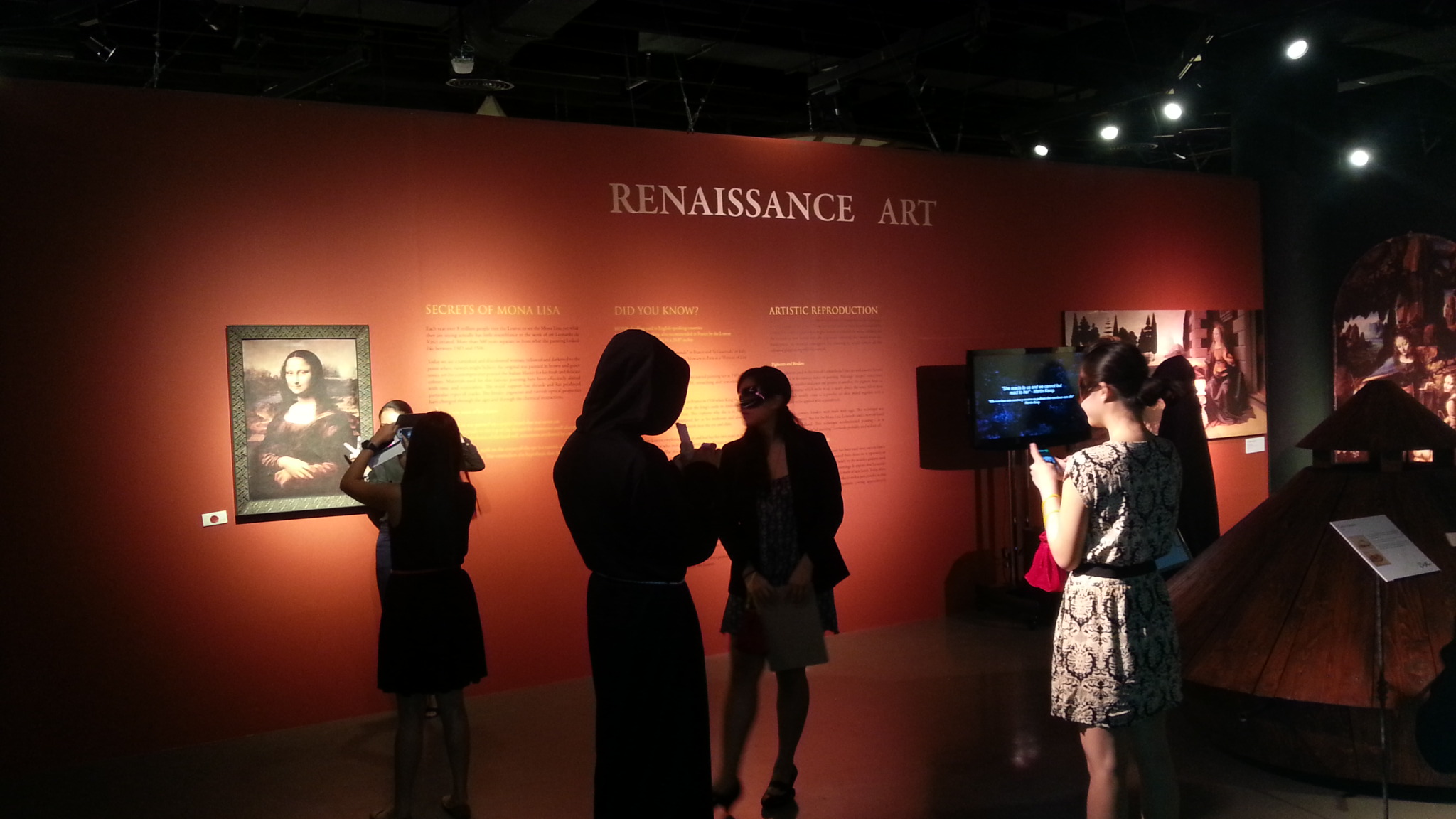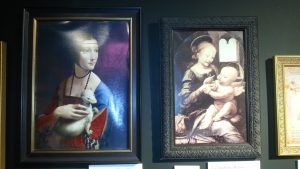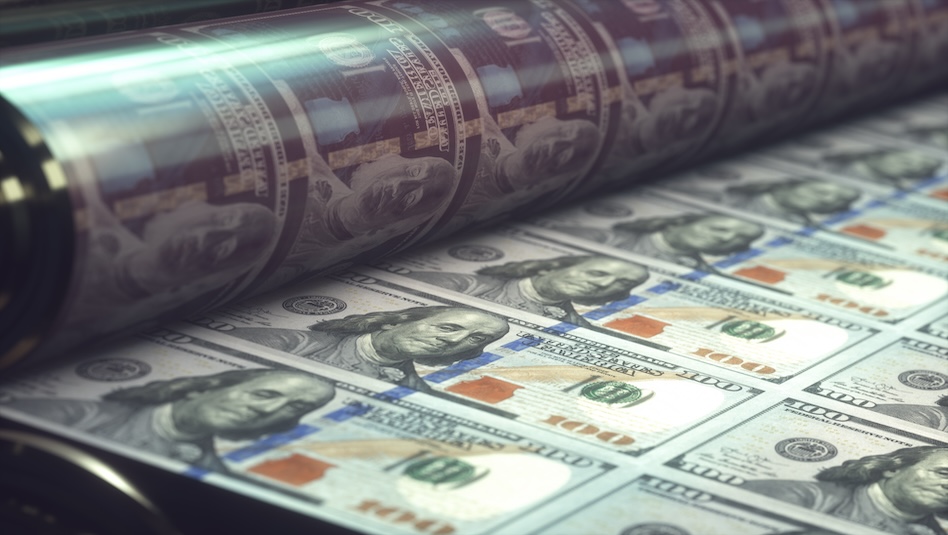Building and preserving wealth through art collecting
Collecting fine art is not as easy as buying and keeping other items. It requires fervent passion, discerning taste, and keen knowledge of art. It can be part of your wealth creation journey

Among many things one can collect, fine art is one of those that definitely requires constant dedication, large amounts of investments, and wide spaces for storage.
Whether it comes in the form of paintings, sketches, sculptures, or landscapes, art encapsulates one’s expression or creativity. Aside from its aesthetic beauty, art has the power to communicate and inspire individuals, regardless of when a piece was created and displayed. Such characteristics make pieces of art worth collecting and preserving.
Today, art investments continue to widen its range. Artworks by old masters, from art funds, and creations from up-and-coming artists are among those worth investing in.
Note that art collecting is not for the newbie nor is it for the faint of heart. It is a high-maintenance activity and requires good amount of knowledge of art history and of the artists and their techniques. For the purpose of investing, collecting doesn’t end in making a deal with a seller, purchasing the piece, and having it transferred to your own space. After the collecting comes the handling, storing, and insuring of pieces, all of which make investing in artworks expensive.
Considering the weight and responsibility of collecting art, how should one begin? Here are some suggestions:

Examples of masterpieces from Italian Renaissance artist Leonardo da Vinci. Photo by Alex Villafania
Setting up clear goals is the first step. Before fully investing in art, investors should think about what they want to get out of these investments, or whether are they more interested in collecting art than making a profit.
Getting a professional art consultant is probably a prudent step. Art consultants are deeply embedded in the art community and can advise clients on how they can proceed with their art collecting and investing goals. They can help in identifying the type of aesthetics, quality, and investment value of specific pieces and the artists who created them. Art consultants also ensure that clients are protected from purchasing fake or worthless pieces.
You can also seek the assistance of other experts, such as artists, art dealers, and even owners of collections, to have a clearer understanding of what it is you are aiming for.
Once the goal is decided with the art consultant, conducting research to determine the kind of art you want to invest in is the next step. The world of art is broad; it can range from vintage paintings, classical art, Renaissance masterpieces, modern sculptures and installations, and even digital art. All these have different values to different people so it is best to align your goals with what you want to buy.
After researching, it is critical to determine the budget or the spending limit. Budget is also crucial when making art investments, since it must be clear how much you are willing to pay. Factor in as well how much you will spend for the handling and long-term maintenance of all the pieces.
Know your space requirements and time horizons. Art pieces must have a home to be cared for, regardless of them coming from legends of the classical era or from budding modern artists. Not all art pieces can survive the test of time. Some pieces may need more space and even air conditioning to remain pristine. How long you will hold such pieces will be a huge factor in how much you will spend to care for them.
Security must also be included in your art investing plans. Like any investment, preventing theft through secure access must be ensured. Artworks can also be damaged or destroyed, either accidentally or intentionally, which means additional cost on your end.
It is important to make sure your decision is an informed one. Make sure you have fully assessed whether the artwork is investment grade and if the specific piece of artwork brings you joy and satisfaction. Money can’t buy those two, but at the very least they should be the immediate fruit of any well-thought investment.







 DOWNLOAD
DOWNLOAD




 By Angela Kiara S. Brillantes, BusinessWorld
By Angela Kiara S. Brillantes, BusinessWorld